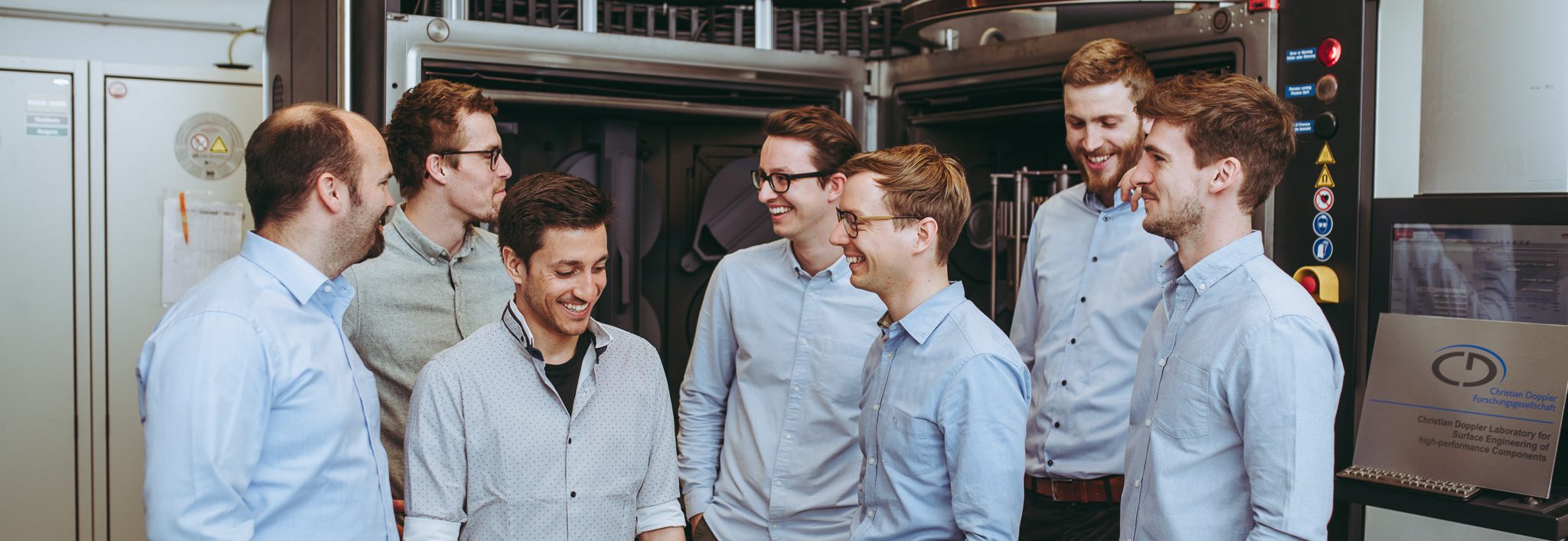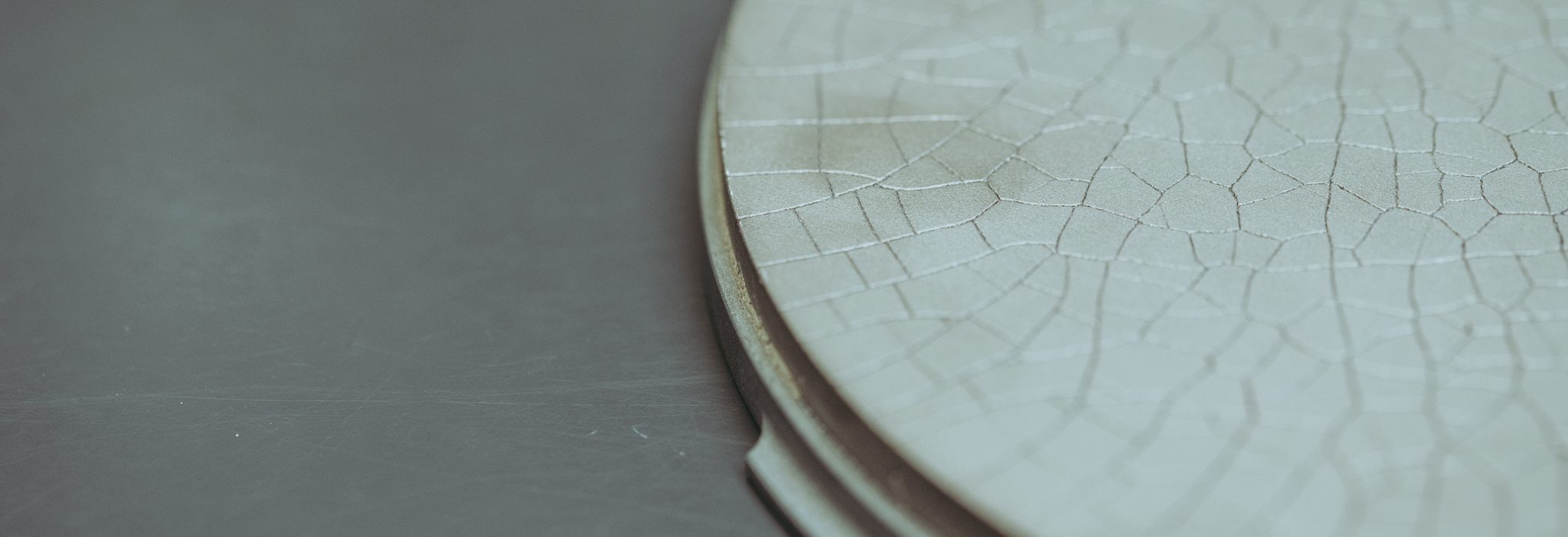Publications
The request to reduce carbon emissions as well as fuel consumptions of modern aerospace and aviation mobility, heavily motivated the development of lighter and more durable high temperature materials. γ-TiAl bulk materials meet many of these requirements due to their unique properties, such as low density, high strength or excellent creep resistance. However, improving their oxidation resistance above 750 °C is still challenging, especially without deteriorating other material properties. Recently, we showed that magnetron sputtered Al-rich γ-TiAl coatings are ideal candidates for well-established TNM bulk alloys (Ti-43.5Al-4Nb-1Mo-0.1B, in at%) to increase their oxidation resistance and to block oxygen inward diffusion. Within this study, we present detailed microstructural investigations of the appearing phase transformations and morphological changes in the coating due to ambient-air-exposure at 850 °C for up to 1000 h. These show that only a 4-µm-thin, well-adhering α-Al2O3-based thermally grown oxide (TGO) forms on top of an initial 16.5-µm-thick coating. Cross-sectional nanobeam diffraction in conjunction with high resolution chemical as well as structural analysis during transmission electron microscopy after these exposures highlight that the Al-rich γ-TiAl coating is perfectly intermixed with the TNM substrate material. Already after 100 h oxidation at 850 °C, no interface between the Al-rich γ-TiAl coating and the TNM alloy can be identified chemically or structurally. The structural homogenization is governed by the transformation of all Al-rich phases (i.e., TiAl3 or Ti2Al5) – also present in the as-deposited state – towards γ-TiAl. After 1000 h at 850 °C, the predominant phase within the original coating region is γ-TiAl, next to the highly dense and well-adherent α-Al2O3-based scale.
Authors
S. Kagerer, O.E. Hudak, T. Wojcik, R. Hahn, A. Davydok , M. Schloffer, H. Riedl, P.H. Mayrhofer
Journal
Journal of Alloys and Compounds






